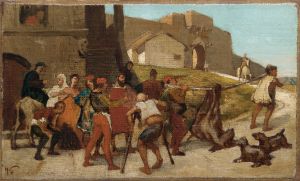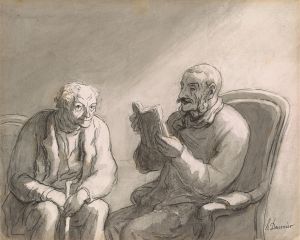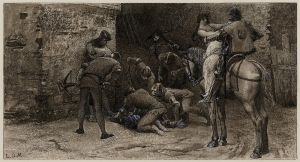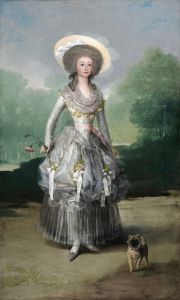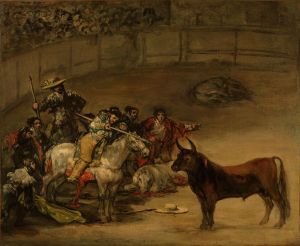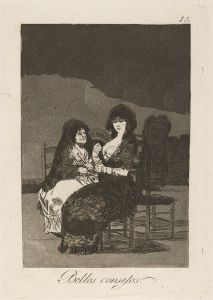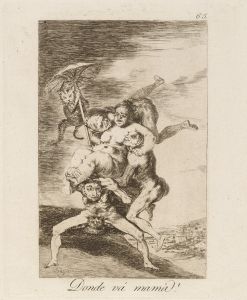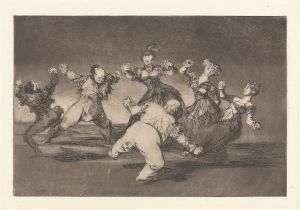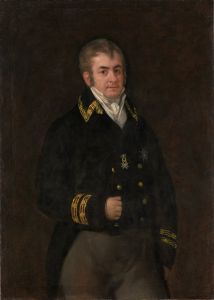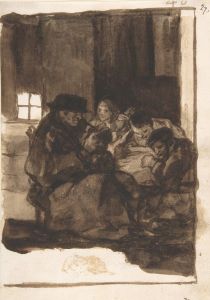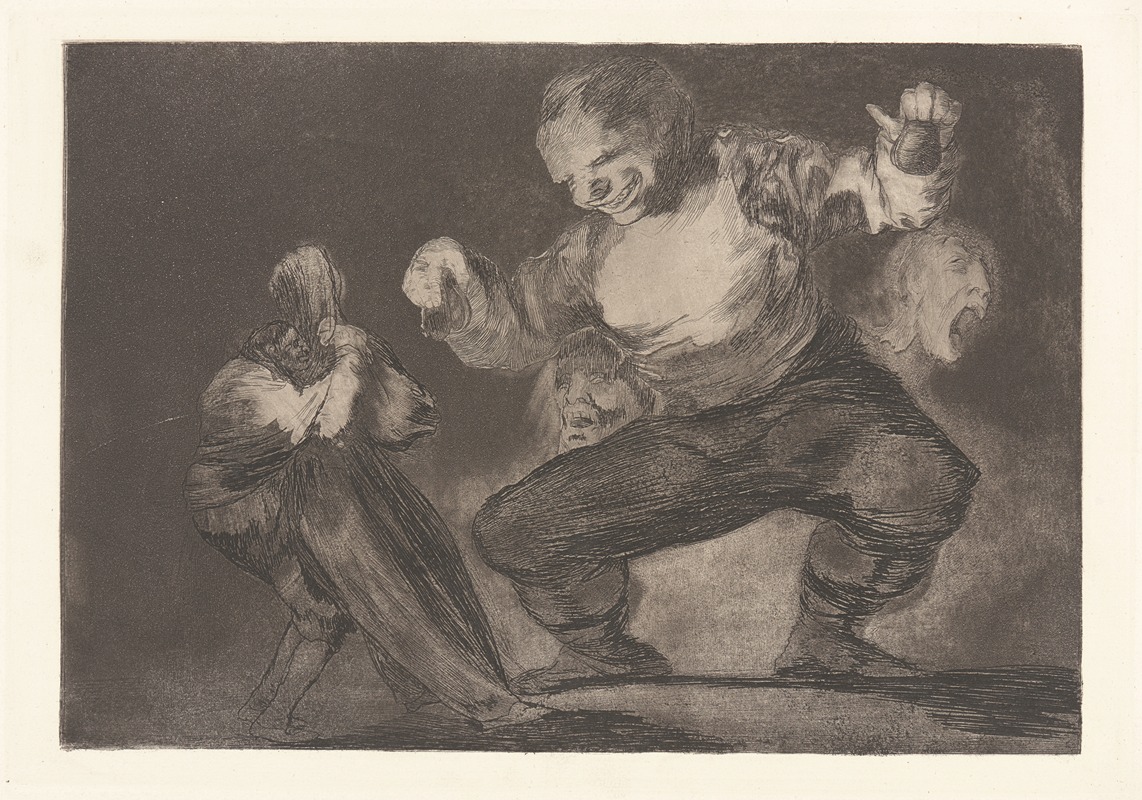
After Vice Comes Fornication [Simpleton]
A hand-painted replica of Francisco de Goya’s masterpiece After Vice Comes Fornication [Simpleton], meticulously crafted by professional artists to capture the true essence of the original. Each piece is created with museum-quality canvas and rare mineral pigments, carefully painted by experienced artists with delicate brushstrokes and rich, layered colors to perfectly recreate the texture of the original artwork. Unlike machine-printed reproductions, this hand-painted version brings the painting to life, infused with the artist’s emotions and skill in every stroke. Whether for personal collection or home decoration, it instantly elevates the artistic atmosphere of any space.
Francisco de Goya, a prominent Spanish painter and printmaker, is renowned for his profound impact on the art world, particularly during the late 18th and early 19th centuries. One of his notable works is "After Vice Comes Fornication [Simpleton]," a piece that is part of his series of prints known as "Los Caprichos." This series, consisting of 80 prints, was published in 1799 and is celebrated for its satirical and critical examination of Spanish society, politics, and human nature.
"After Vice Comes Fornication [Simpleton]" is one of the prints in this series, and like many of Goya's works, it delves into the darker aspects of human behavior and societal norms. Goya used the medium of etching and aquatint to create these prints, allowing for intricate details and a wide range of tonal effects. This particular print, like others in "Los Caprichos," employs a combination of realism and fantasy to convey its message, often leaving the interpretation open to the viewer.
The title "After Vice Comes Fornication [Simpleton]" suggests a narrative of moral decline, a common theme in Goya's work. The use of the word "simpleton" implies a critique of naivety or foolishness, possibly pointing to the consequences of indulging in vice without considering the repercussions. Goya's work often reflects his disillusionment with the societal and political structures of his time, and this print is no exception. It serves as a commentary on the moral and ethical issues he perceived in late 18th-century Spain.
Goya's "Los Caprichos" series was groundbreaking in its use of art as a form of social and political critique. The prints were not only artistic expressions but also tools for provoking thought and discussion among the public. Goya was influenced by the Enlightenment ideals of reason and critical thinking, and his work often challenges the viewer to question established norms and beliefs.
The creation of "Los Caprichos" came at a turbulent time in Goya's life and in Spanish history. The artist had experienced a severe illness that left him deaf, and Spain was undergoing significant political changes. These personal and national challenges are reflected in the somber and often cynical tone of the series. Goya's ability to capture the complexities of human nature and society in his art has cemented his legacy as one of the most important figures in Western art history.
"After Vice Comes Fornication [Simpleton]" remains a testament to Goya's skill as an artist and his keen insight into the human condition. The print, like the rest of the "Los Caprichos" series, continues to be studied and admired for its artistic merit and its powerful social commentary. Through works like this, Goya has left an indelible mark on the art world, influencing countless artists and thinkers in the centuries since its creation.





